The name says it all. The Testosterone Diet. No need to give this meal plan some cute, fancy label. Besides, there’s nothing cute or fancy about building big-time muscle.
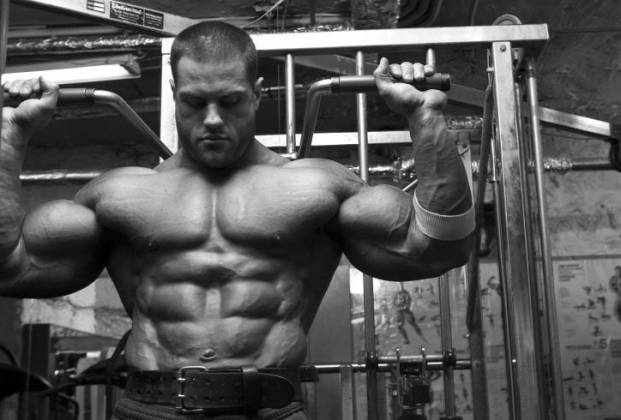
Want cute and fancy? Buy a Thigh Master. Lease a Mini Cooper.
What you’re looking for is a nutritional plan of attack that will provide your body with boatloads of the most hardcore hormone in existence so you can build optimal muscle and the most insane strength possible. That’s what we offer here. While many anabolic hormones in the body influence muscle growth growth hormone, insulin and insulinlike growth factor-1 all do it testosterone is the handsdown most important. Not only does it drive muscle growth, but testosterone also has numerous other qualities that make it man’s most crucial hormone namely, masculine traits like body hair, a deeper voice and, of course, larger, stronger muscles. But testosterone also keeps you lean, since it elevates metabolism and increases the release of fat from fat cells and inhibits its storage in the body.
And there’s more good news
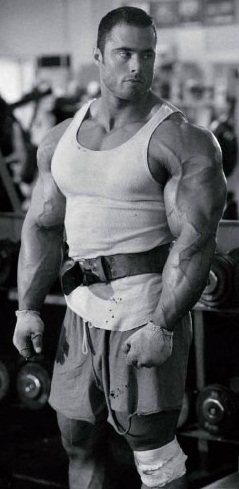
Keeping your testosterone levels maxed out doesn’t mean you have to resort to using illegal steroids or pro-hormones. Simply knowing how to eat properly can make a world of difference in keeping your testosterone at muscle-building levels.
Test Primer
To understand how diet affects testosterone levels, you first must understand testosterone production and its actions. It all begins in the brain. A hormone called gonadotropin-releasing hormone (GnRH) is released from the hypothalamus (a small section deep within the brain) and travels to the pituitary gland. From here, GnRH stimulates the release of luteinizing hormone, which travels via the blood all the way to the testes, where it activates enzymes that convert cholesterol into testosterone. What you eat can positively or negatively affect any one of these steps.
Diet Factor
Your nutritional regimen can also influence testosterone after it’s produced. Testosterone travels in the blood to muscle cells and other tissues either as free (or active) testosterone or bound to a carrier protein. Only the free kind can work to increase muscle size by entering the muscle cells. At some tissues, such as fat cells and the brain, fat can be converted into estrogens yes, the female hormone you don’t want in excess in your body, since it can lead to fat gain and inhibit further testosterone production by decreasing brain hormones.
Diet can influence the amounts of both active testosterone and estrogens in the blood.
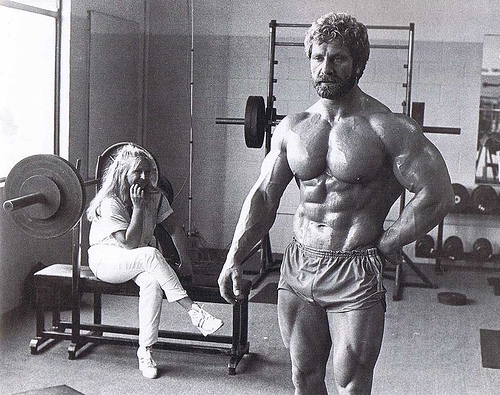
#1 Calories
To boost your testosterone levels, your first step is to consume an adequate number of calories. Following a low-calorie diet can result in less GnRH being released from the brain, as well as decreased activity of testosterone-catalyzing enzymes in the testes, and the consequence of both incidents is decreased testosterone production. The catch is that you also don’t want to overeat and gain bodyfat, which contains more of the enzyme that converts testosterone into estrogens. The Testosterone Diet gives you enough calories to support muscle growth and testosterone levels without adding bodyfat.
Our sample diet uses a 180-pound bodybuilder; to figure out your own calorie needs, multiply your bodyweight by 18-20 calories. For example, a 180-pounder will need to ingest about 3,250-3,600 calories per day. For the 200-pounder, it jumps up to 3,600-4,000 calories.
#2 Carbs
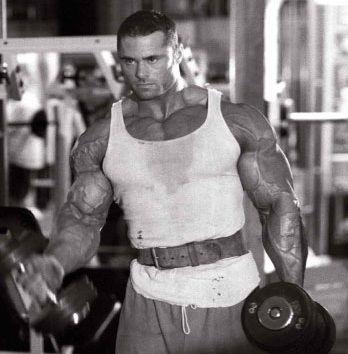 The next step is to consume adequate carbohydrates. Shoot for at least 2 grams per pound of bodyweight per day, keeping your carbs-to-protein ratio at 2:1 research shows that this is ideal for elevating T levels. And although we’d rarely tell you to choose more refined carbs (except around workout time), we suggest you do so here because higher-fiber diets tend to lower testosterone. Don’t gorge on Twinkies, of course, but you can choose white rice over brown and cream of wheat over oatmeal, because the former have lower fiber content.
The next step is to consume adequate carbohydrates. Shoot for at least 2 grams per pound of bodyweight per day, keeping your carbs-to-protein ratio at 2:1 research shows that this is ideal for elevating T levels. And although we’d rarely tell you to choose more refined carbs (except around workout time), we suggest you do so here because higher-fiber diets tend to lower testosterone. Don’t gorge on Twinkies, of course, but you can choose white rice over brown and cream of wheat over oatmeal, because the former have lower fiber content.
Of course, you still need some fiber for health reasons, so we’ve included whole-wheat bread, fruits and vegetables in the nutrition plan.
#3 Protein
Priority No. 3 is protein. Surprised it’s not No. 1? While we constantly preach the importance of eating protein and make no mistake, it’s vital in The Testosterone Diet what’s even more crucial is getting just enough of it and not too much. That’s because research shows that consuming more protein than carbs may lower testosterone levels. So you’ll want to get in your bodybuilding standard of 1 gram of protein per pound of bodyweight per day no more, no less. Also, make sure most of your protein comes from animal sources; vegetarian diets are associated with lower testosterone levels in males.
#4 Fat’s
The last, but certainly not the least, macronutrient to be concerned about is fat. You’ll want to get about 30% of your total calories from fat, but don’t overload on polyunsaturated fats like those found in salmon, other fatty fish and vegetable oils. Instead, concentrate on choosing monounsaturated fats found in nuts, olives, olive oil and avocados, and saturated fats from red meat and egg yolks. Unorthodox as this advice may be, research suggests that polyunsaturated fats lower testosterone levels, while monounsaturated and even saturated fats raise T levels.
#5 Workout Shakes
You’ll definitely want to include pre-and postworkout shakes. Consuming fast-digesting protein such as whey and fast-digesting carbs after you train has been found to increase the amount of testosterone taken up by muscle cells as well as the number of testosterone receptors in them. In other words, all that testosterone can be put to work to stimulate muscle growth. Shoot for about 20 grams of protein and 20-40 grams of carbs before workouts, and 20-40 grams of protein and 40-100 grams of carbs postworkout.
#6 Vegies
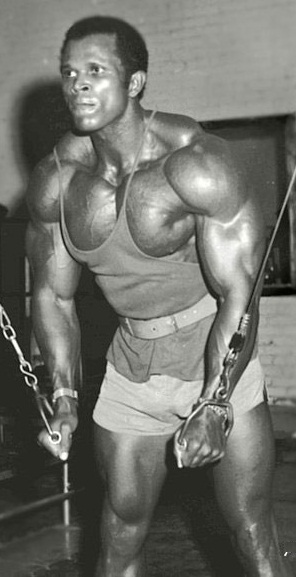 Consider eating more cruciferous vegetables like broccoli, cauliflower, Brussels sprouts, cabbage, arugula, watercress, bok choy, turnip greens, collard greens, rutabaga, radishes, daikon, kohlrabi and kale, all of which have phytochemicals that can lower bad estrogens and potentially lessen their negative impact on testosterone levels. Lastly, watch the drinking. Alcohol does have its health benefits, but too much can lower T levels. Stay under a few glasses per week.
Consider eating more cruciferous vegetables like broccoli, cauliflower, Brussels sprouts, cabbage, arugula, watercress, bok choy, turnip greens, collard greens, rutabaga, radishes, daikon, kohlrabi and kale, all of which have phytochemicals that can lower bad estrogens and potentially lessen their negative impact on testosterone levels. Lastly, watch the drinking. Alcohol does have its health benefits, but too much can lower T levels. Stay under a few glasses per week.
6 week Diet
We recommend trying The Testosterone Diet for six weeks, then switching to more standard bodybuilding fare. While this plan is relatively healthy, you don’t want to avoid low-glycemic, unrefined carbs and polyunsaturated fats for too long; they offer too many health benefits to shun for an extended period.
If you notice good results in mass and strength on The Testosterone Diet, come back to it every six weeks or so. We’re confident you will.
Big T Do’s & Dont’s
To keep your manly hormone levels running high, follow these dietary guidelines
DO …
Eat Enough
The amount of calories you consume each day should be enough to maintain your bodyweight. Lower-calorie diets are associated with lower testosterone levels. Consume around 18-20 calories for every pound of bodyweight.
Eat Animal Protien
Studies show that vegetarian diets lead to lower blood testosterone levels and higher amounts of “inactive” testosterone even when protein intake is the same. Be sure to consume poultry, beef, fish and pork. Red meat is particularly good due to its higher levels of saturated fat and zinc, a mineral associated with higher T levels.
Eat Some Fat
Research suggests that when total fat, saturated fat and monounsaturated fat intakes increase, so does testosterone. Choose foods high in monounsaturated fats, like avocados, nuts, seeds, olives and olive oil. Red meat and dairy products (not the fat-free varieties) are also a good source of protein and saturated fat. Worried about your heart health? Research states that most saturated fat found in beef, chicken and pork does not raise LDL (“bad”) cholesterol levels.
Eat Some Dietary Cholesterol
Studies show that those who train while on a higher-cholesterol diet gain more muscle mass and strength than those who eat less cholesterol. Foods like egg yolks and red meat are good sources. What’s more, research shows the cholesterol in egg yolks doesn’t raise LDL (“bad”) cholesterol levels.
Drink A Protein & Carb Shake After Workouts
Consuming protein and carbs after training has been shown to increase the amount of testosterone that enters muscle cells, where it can increase muscle growth. Take 20-40 grams of whey protein and 40-100 grams of simple carbs postworkout.
Eat Vegetables
Broccoli, cauliflower and cabbage yield compounds called indoles that help lower certain estrogens, which in turn can help reduce estrogen’s inhibitory effect on testosterone production. Eat cruciferous vegetables with meals and/or as snacks.
Eat Plenty Of Carbs
A higher ratio of carbs-to-protein some-where around 2:1 is best results in higher testosterone levels. Shoot for at least 2 grams of carbs per pound of bodyweight.
DON’T …
Eat Too Much
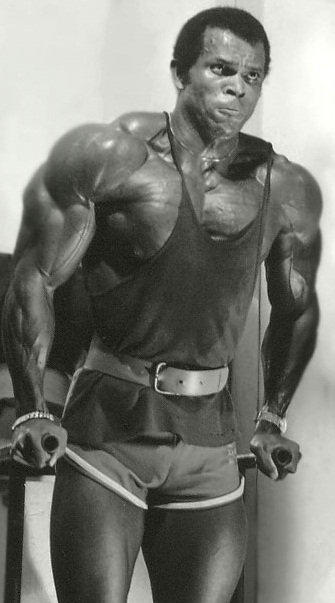 Taking in too many calories can lead to gains in bodyfat, which can ultimately lead to lower testosterone levels via increased levels of estrogens.
Taking in too many calories can lead to gains in bodyfat, which can ultimately lead to lower testosterone levels via increased levels of estrogens.
Eat Too Much Protein
Consuming more protein than carbs can increase the loss of testosterone through urination. While protein is necessary for higher testosterone levels, too much can have a negative effect. Stick to about 1 gram of protein per pound of bodyweight.
Eat Too Much Fat
Spread out your fat consumption throughout the day and avoid high-fat meals, which can actually decrease testosterone levels momentarily. Keep fat consumption at 30% of your total caloric intake. Don’t get in too many polyunsaturated fats, such as those found in fish and vegetable oil. Sure, they’re healthy, but they can also cause T levels to drop.
Hit The Bottle To Hard
Drinking alcohol can lead to lower testosterone levels by increasing the conversion of testosterone to estrogen. Keep alcohol consumption at a few glasses per week or less.
Eat Too Much Fiber
Eating a healthy bodybuilding diet should give you enough fiber to stay healthy. Get roughly 35 grams of fiber per day when trying to keep testosterone levels maxed. Excessively high-fiber diets can lead to lower T levels.
The Diet
This is a sample daily meal plan which is designed to maximize testosterone levels for a 180-pound individual.
Breakfast
- 4 large whole eggs
- 1 packet cream of wheat (instant)
- 1/2 avocado
Morning Snack
- 8 oz. container low-fat fruit yogurt
- 1 banana
- 1 oz. mixed nuts
Lunch
- 4 oz. turkey deli meat
- 2 slices whole-wheat bread
- 1/2 avocado
Preworkout Snack
- 1 scoop whey protein (in water)
- 2 slices white bread
- 1 Tbsp. peanut butter
Postworkout Snack
- 1 scoop whey protein (in water)
- 1/3 cup dextrose or sugar
Dinner
- 6 oz. top sirloin steak
- 1 cup cooked white rice
- 1 cup cooked cauliflower
Evening Snack
- 8 oz. cottage cheese
- 1 packet cream of wheat (instant)
- 1 oz. mixed nuts
Totals
3,369 calories, 197 g protein 398 g carbs, 111 g fat
Author: Jim Stoppani
References:
- Anderson, K.E., et al. Diet-hormone interactions: protein/carbohydrate ratio alters reciprocally the plasma levels of testosterone and cortisol and their respective binding globulins in man. Life Sciences 40(18): 1,761-1,768, 1987.
- Belanger, A., et al. Influence of diet on plasma steroid and sex plasma binding globulin levels in adult men. Journal of Steroid Biochemistry 32(6):829-833, 1989.
- Ratamess, N.A., et al. Androgen receptor content following heavy resistance exercise in men. Journal of Steroid Biochemistry and Molecular Biology 93(1): 35-42, 2005.
- Volek, J.S., et al. Effects of a high-fat diet on postabsorptive and postprandial testosterone responses to a fat-rich meal. Metabolism 50(11): 1,351-1,355, 2001.
- Volek, J.S., et al. Testosterone and cortisol in relationship to dietary nutrients and resistance exercise. Journal of Applied Physiology 82(1): 49-54, 1997.
COPYRIGHT 2006 Weider Publications
COPYRIGHT 2006 Gale Group










